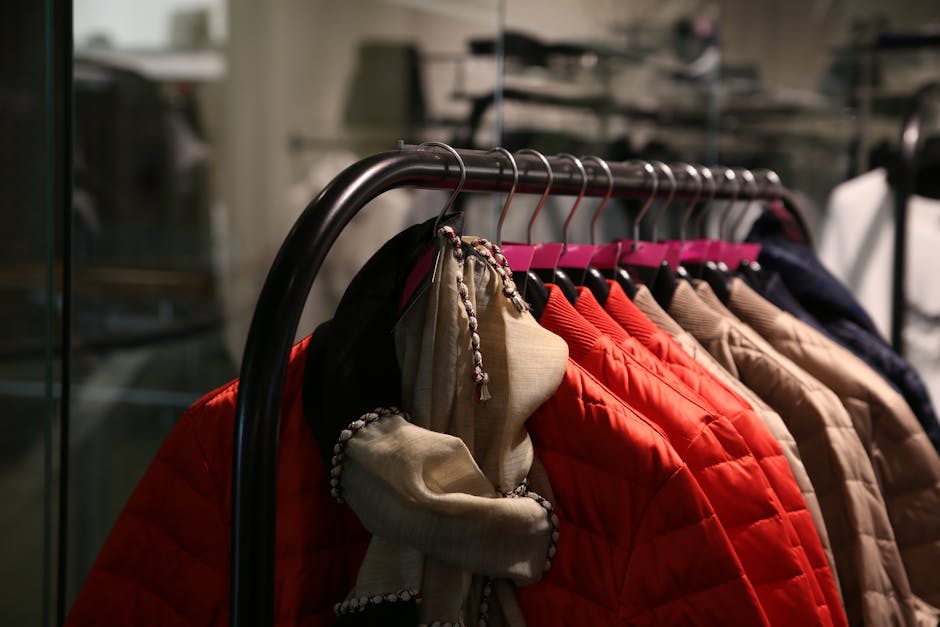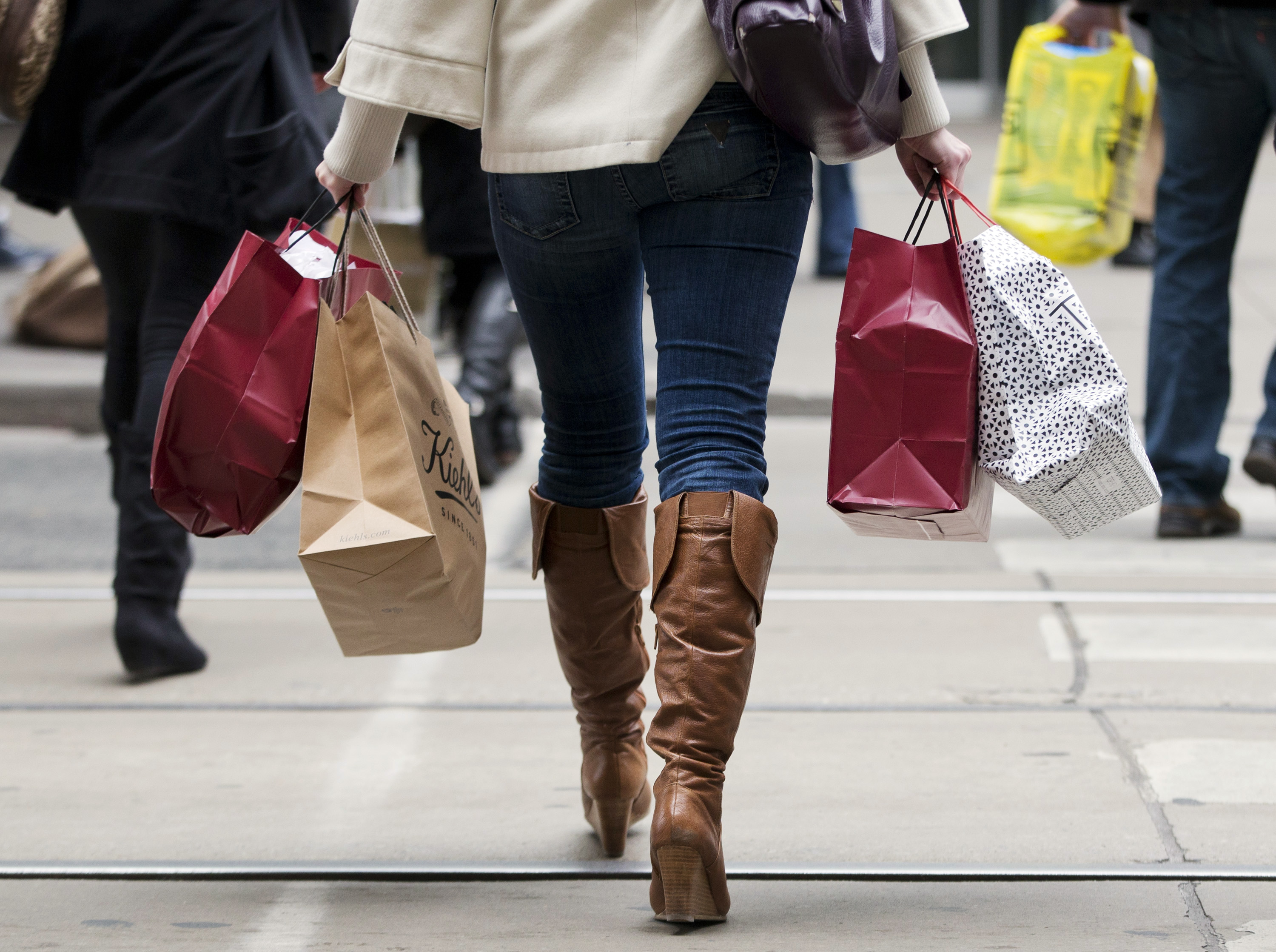It wasn’t too long ago where the likes of House of Fraser were closing their doors and going into administration, as a result of what people are now calling the ‘death of the high street’.
Visual merchandising has been a major selling process for many years. However, the problems dominating retail in 2018 make executing a successful visual merchandising strategy especially important if you want your retail brand to survive and prosper.
Where The Trade Buys, who offer life size cutouts for retail businesses to help promote products, take a look at how sales can be increased through visual merchandising.
Using visual merchandising
Creating a successful visual merchandising display is not an easy job, and requires much more than redecorating the shop floor — think product displays and instore shelves.
Believe it or not, there’s a method to the madness when it comes to visual merchandising. There’s a reason why certain presentations, structures and even colours deliver a better experience than alternative arrangements, and it’s been established that a strong visual display can raise turnover and strengthen your brand; even inspiring customer loyalty in the process.
“Visual merchandising is everything a shopper sees at your store that hopefully leads to a remarkable shopping experience. It is the unspoken language retailers use to communicate with their customers” was one comment from Bob Phibbs.

The mindset of your customer
Although many believe that the death of the high street is upon us, global retail sales are expected to hit $27.73 trillion by 2020 — showing great room for growth if handled correctly.
If you wish to achieve anything, know what you want. A tip here is to go for what you think your customer wants — not needs. According to a study by Raj Raghunathan and Szu-Chi Huang, emotional responses are influential in our purchasing choices — which is why you should focus on giving the customer something to desire.
To ensure sales remain a focus, continue to place your latest products front and centre as this will likely increase conversion rates. You could also use banners alongside these displays to present promotional offers for luxury items that you want the consumer to take notice of — and buy!
Group displays
How you group products is critical to the success or failure of your visual marketing strategy. A recent report found that exposing your shopper to the maximum number of products is a tactical method when carrying out visual merchandising. However, don’t make your displays look crowded. Utilise different display furniture, such as mannequins, racks and shelves — whichever suits the product you’re merchandising — and bear in mind that focal points boost sales by a reported 229%, so ensure that you effectively direct your consumers when they enter your store.
You should also incorporate the ‘Pyramid Principle’ or ‘Rule of Three’ method when grouping products for a display. The Pyramid Principle dictates that you create a triangular display, with the biggest item in the middle and the smallest on the outside — which ensures that your display doesn’t look flat and boring. Instead, it will catch the eye, as the products seem to ‘fall’ down towards the viewer. Equally effective is the Rule of Three. Within this, you create attractive asymmetry that shoppers will find engaging. Apparently, humans see asymmetry as normal — which means they pay less attention. By placing product in groups of three, you can create a noticeable imbalance that forces the eye to take in each product individually, as opposed to the display in its entirety — excellent for effectively advertising each item.

Colours for visual merchandising
There’s nothing more important than colour when it comes to visual merchandising. Contrasting colours at the opposite side of the colour wheel can help grab attention — think black and white or scarlet and jade — but creating a multi-coloured display of uncoordinated colours may turn people away.
Focusing on decompression
If you want people to have a great shopping experience, they will need a space to breathe. This area of a shop is found just a few feet inside the main entrance and is believed by psychologists to elevate a shopper’s mood, acclimatise them to the store’s surroundings and get them ready for the shopping experience.
People will soon walk out the door if they’re not having a great experience. An effective decompression zone will help transport your consumer from the hustle and bustle of outside to a calmer, more focused environment that encourages browsing. Here are decompression zone tips:
- Minimum of 10-15 feet.
- Based at shop entry with a full view of store.
- Created using contrasting furnishings and colours from outside area to signal new atmosphere.
- Use mannequins, attractive stands and specialised lighting to highlight your newest ranges.
It’s a surprise to most retailers that the majority of their customers turn right when they enter a store. Why not use your decompression zone to create a ‘circulation route’ from the right side that leads around your store for a smoother customer journey? Or, try placing your best products at the right of your decompression zone, if this is the most likely route consumers take.
A focus on other senses
Although this guide is about visual merchandising, that doesn’t mean you can afford to ignore the other four senses. Reportedly, 75% of emotions come from smell and our mood is meant to enhance 40% when we detect pleasant aromas. If you run a fragrance, soap or food retail establishment, are you harnessing the power of smell when it comes to merchandising?
By targeting different scents, you will be able to trigger a certain emotion for your customers. If you run a bakery and want to evoke a feeling of warmth, cosiness and home-cooking; ensure that your customers can distinctly smell your products baking from the kitchen by setting up the area to waft aromas into the main shop. Similarly, if your brand specialises in soaps and toiletries, place these strategically around your shop floor to avoid clashing aromas. For example, put all the citrus products together to evoke a sense of energy and rejuvenation and keep these far away from lavender and chamomile scents, which are more relaxing.
Adjusting your shop floor
Although your shop floor may look perfect, change should continue to happen. A major part of tactical visual merchandising is moving your presentations as new stock comes in. Don’t let customers get bored of visiting you — keep changing things up and you can make it look like you’re constantly replenishing your stock and bringing in new and wonderful items (even if you’re not).
Similarly, promotions and seasonal goods only last so long — don’t give people the impression that your brand is behind the times or lazy. Change your visual merchandising displays every month and retain the perception of innovation.
Take a new focus on the experience of your shopper. With visual merchandising, you can ensure that your shop offers something engaging to keep consumers interested — so why not start planning out your shop’s next visual merchandising campaign today?

